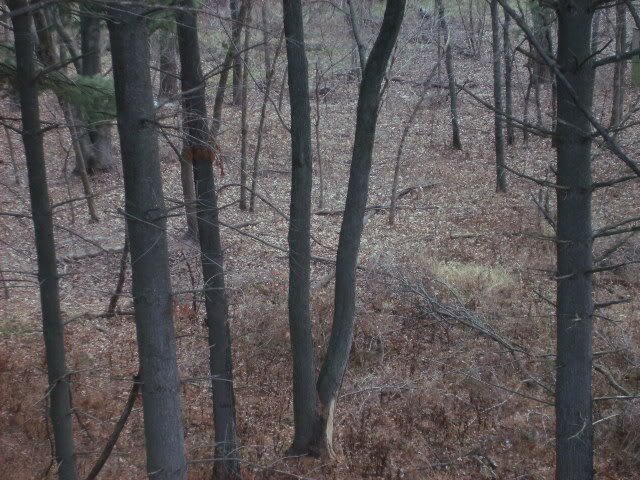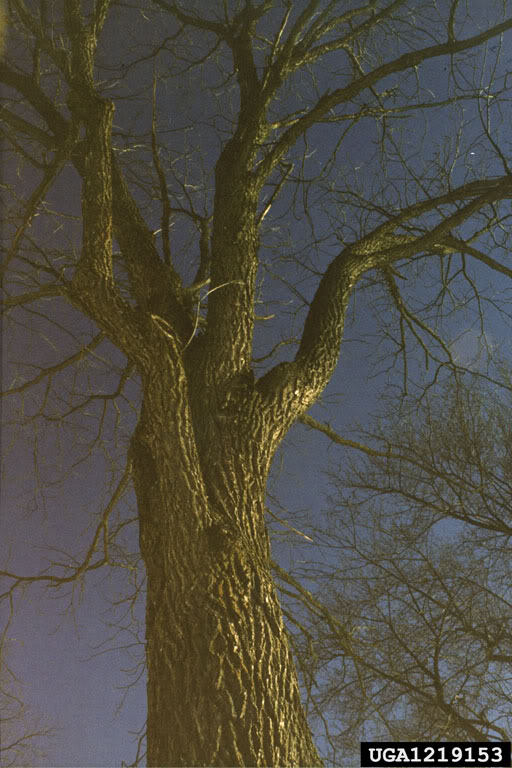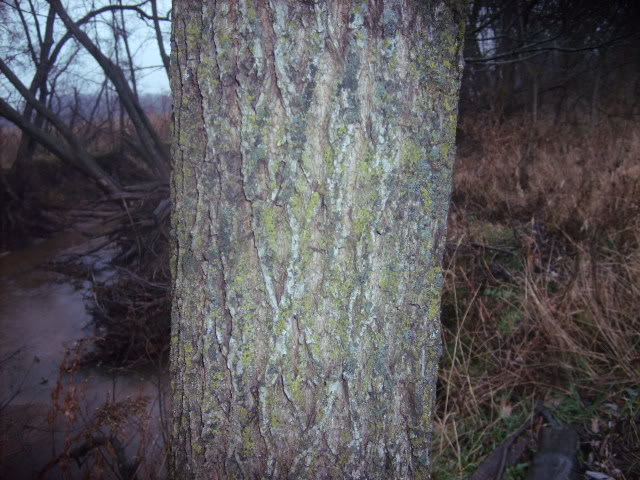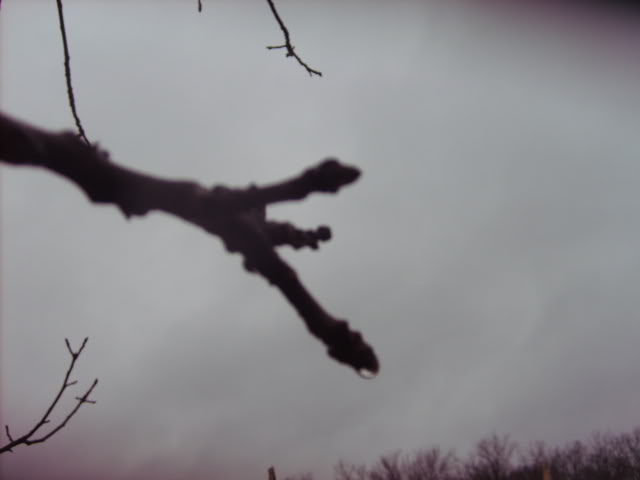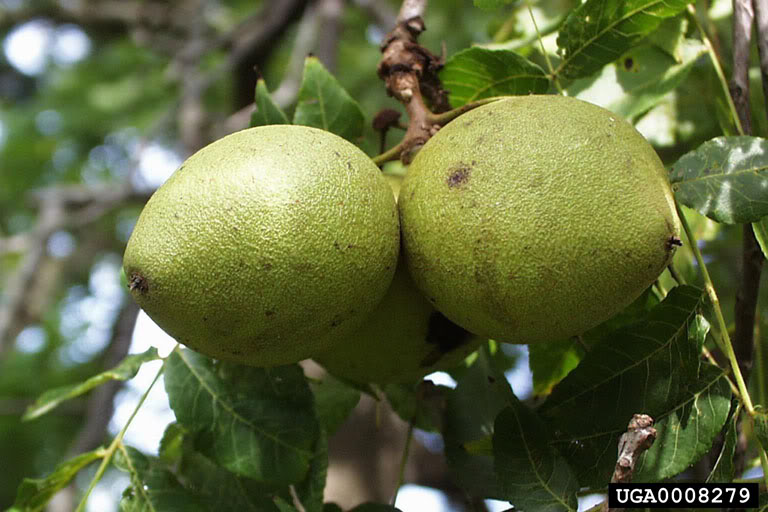dbltree
Super Moderator
I'm hoping to start doing some TSI on my timbered areas so I thought I would start a thread on the subject. I am by no means an expert so it's a "learn as you go" project.
We already have a thread on Edge Feathering and Bedding Areas but that type of timber work is more akin to "butchering" rather then "improving"...
Ghost has previously posted excellent pictures of his own TSI work: TSI
After seeing results of Ghosts TSI it inspired me to start on my place.
So what is TSI anyway?
The followingis taken from this link: Timber Stand Improvement
Part of the process involves removal of undesirable trees such as mentioned here.
The first step is to stop by your local NRCS office and tell them you want to apply for cost share for TSI. They'll have you fill out some very basic information and mark out on a map the areas you wish to do.
This information will then be sent to the local IDNR forester and they will start a process of applying for REAP funds to cost share the expense of improving your timber.
All of this can take some time and currently funding has been exhausted, so it's important to be aware of this going in.
In my case the next step is waiting for my IDNR forester to meet with me and and help me come up with a Forest Stewardship plan which will then go back to the NRCS for their approval.
I'll keep adding to this thread as I go through the steps and eventually start actually doing some improvement work.
In the mean time here are a series of great links from a number of resources that further explain the concept of TSI, how to actually do the work and what positive affects it will bring about.
Timber Stand Improvement
Controlling Undesirable Trees, Shrubs, and Vines in Your Woodland
Cost Share Programs
ISU Forestry Extension
Forest Stand Improvment
Improving Hardwoods
Stand Improvement
Planning for WOODED ACREAGES
Timber Stand Improvement Protocol
Woodland Improvement
TSI in MN
Woodland Stewardship
FOREST LAND ENHANCEMENT PROGRAM
Kansas Forest Improvement
Forestry Incentives Program
Iowa Woodland Owners
Index of Common Trees of Iowa
KY TSI
Total Forestry Program
Forest Improvement Handbook
Increased acorn production
We already have a thread on Edge Feathering and Bedding Areas but that type of timber work is more akin to "butchering" rather then "improving"...
Ghost has previously posted excellent pictures of his own TSI work: TSI
After seeing results of Ghosts TSI it inspired me to start on my place.
So what is TSI anyway?
The followingis taken from this link: Timber Stand Improvement
TSI involves improving our timber for a number of reasons including increasing the value of the timber and enhancing the timbers value to wildlife.Timber stand improvement, or TSI, is a term used to identify forest management practices which improve the vigor, stocking, composition, productivity, and quality of forest stands.
The improvement is accomplished by removing poor trees and allowing crop trees to fully use the growing space. The chief aim of TSI is continued production of more and better timber products. TSI practices can be used to convert assorted hardwood and pine stands into productive forests of desirable species. TSI can speed up the growth and improve the quality of the trees in your forest.
Different TSI practices may be needed at different times during the life of an established stand -- from the start of a new crop of trees until the final harvest. Here are some basic TSI practices:
Prescribed burning in pine stands to remove undesirable hardwoods, to prepare seedbeds, and to reduce the potential for wildfires.
Cull tree removal to make growing space available on areas occupied by deformed, defective, and undesirable trees. Some cull trees may be cut and sold; however, most must be killed with herbicides.
Thinning to relieve overcrowding and increase the growth rate of crop trees. Precommercial thinning in young, unmerchantable stands is a cost practice. Intermediate thinnings or improvement cuts in older stands produce some income for the landowner.
Sanitation cutting to remove trees that have been damaged by insects, diseases, wind or ice.
Release of young, vigorous crop trees for faster growth and better quality by removing overtopping and competing trees.
Part of the process involves removal of undesirable trees such as mentioned here.
You can do these things on your own but there is funding for cost share to either pay someone else or yourself to improve your timber.suppressed trees that will not live until the next thinning.
trees too crooked, forked, or limby to make a No. 2 sawlog.
trees with fire scars and injuries from insects, disease, wind, or ice.
trees on the wrong site (such as a water oak growing on a ridge).
trees that are mature and slow growing.
any tree that will not contribute to the net value of the stand before the next thinning.
wolf trees with large crowns that occupy too much growing space or shade out more desirable species.
You will want to leave these trees in your timber stand:
high quality trees.
fast growing trees.
some mast producing and den trees for wildlife.
trees located so that all available growing space is used efficiently
The first step is to stop by your local NRCS office and tell them you want to apply for cost share for TSI. They'll have you fill out some very basic information and mark out on a map the areas you wish to do.
This information will then be sent to the local IDNR forester and they will start a process of applying for REAP funds to cost share the expense of improving your timber.
All of this can take some time and currently funding has been exhausted, so it's important to be aware of this going in.
In my case the next step is waiting for my IDNR forester to meet with me and and help me come up with a Forest Stewardship plan which will then go back to the NRCS for their approval.
I'll keep adding to this thread as I go through the steps and eventually start actually doing some improvement work.
In the mean time here are a series of great links from a number of resources that further explain the concept of TSI, how to actually do the work and what positive affects it will bring about.
Timber Stand Improvement
Controlling Undesirable Trees, Shrubs, and Vines in Your Woodland
Cost Share Programs
ISU Forestry Extension
Forest Stand Improvment
Improving Hardwoods
Stand Improvement
Planning for WOODED ACREAGES
Timber Stand Improvement Protocol
Woodland Improvement
TSI in MN
Woodland Stewardship
FOREST LAND ENHANCEMENT PROGRAM
Kansas Forest Improvement
Forestry Incentives Program
Iowa Woodland Owners
Index of Common Trees of Iowa
KY TSI
Total Forestry Program
Forest Improvement Handbook
Increased acorn production
Last edited:


